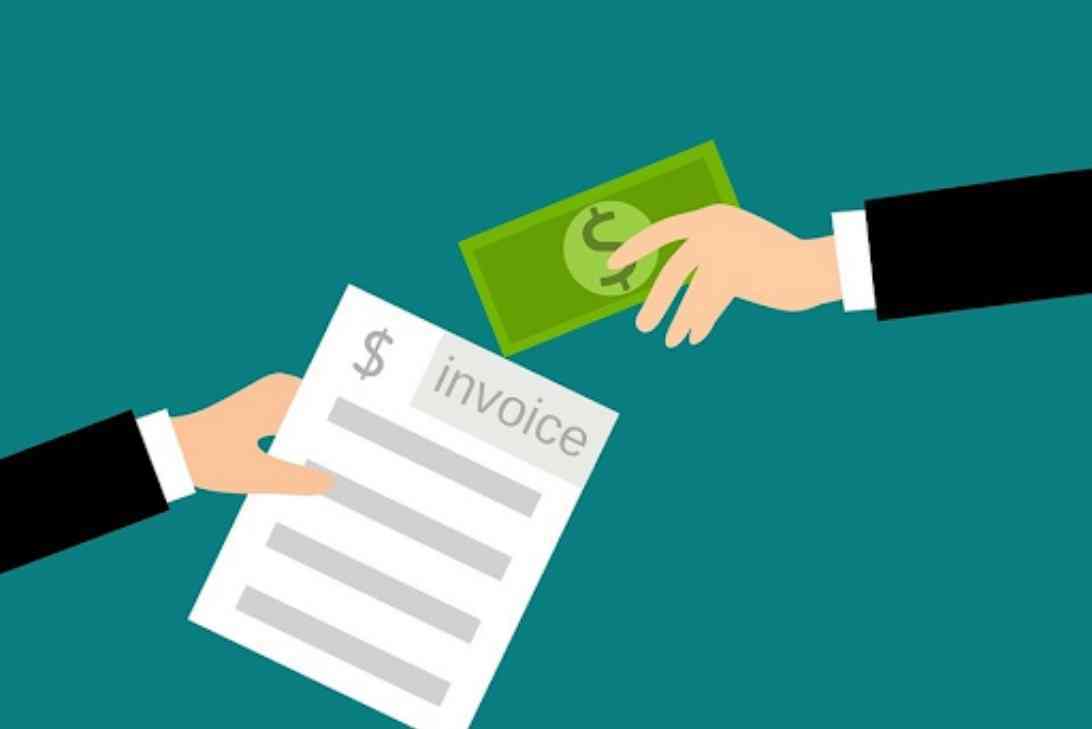
Accounts receivable describes a business’s ability to predict payments due for products and services provided. Many companies sell products and services on credit before invoicing them with details of those purchases and a total amount to pay by a specific date.
While convenient for both businesses and their customers, there is an expected amount of risk. If a customer defaults, the money you’re owed is not necessarily what you can expect to receive. The difference between your accounts receivable balance and what you hope to collect is called net accounts receivable. You can learn how to calculate net accounts receivable below.
Step 1: Choose An Estimation Method
After gathering all current and historical receivable records, which are easily accessible in software like AiViden’s AI-based receivables management solution, you can choose an estimation method that suits your customer base the best.
Some businesses will use a percentage of their total sales, while others will perform an individual risk analysis. You might also decide to use a combination of the two.
Percentage of Total Sales
If you’re using a percentage of your total sales, you can calculate a reasonable percentage by viewing records of unpaid sales accounts. Find the total sales for each year and the total value of all annual outstanding accounts.
Find the average percentage that the debt accounted for and divide the value by your total sales figures for each year. You can then apply that percentage to your current sales figures. For example, if 1% of your debts go unpaid, you can adjust your doubtful accounts percentage by 1%.
Risk Analysis
Performing a risk analysis is typically straightforward when you rely on superior software to manage your business accounts. You can review historical data of unpaid invoices and class them as low risk, medium risk, or high risk.
You may then assign each category a percentage reflecting the clients’ ability to pay and multiply them by your total sales to receive your doubtful accounts percentage.
Step 2: Calculate Net Accounts Receivable
Whether you used a percentage of total sales, performed a risk analysis, or used a combination of both, you can now use the data you have to calculate net accounts receivable.
Asset account* = account receivables** + other account receivables
* Calculate the value at the end of an accounting period
** Account receivables reflect the total of all outstanding accounts
Step 3: Calculate the Doubtful Accounts Allowance
To find your doubtful accounts allowance, multiply the calculated allowance by your current accounts receivable value. The figure represents the monetary value that you don’t expect to receive.
Step 4: Deduct Your Allowance From Accounts Receivable
Now that you know how much you expect to lose from unpaid client accounts, you can subtract it from your accounts receivable.
Net realizable receivables = accounts receivable – allowance for doubtful accounts It’s never easy forecasting which clients will default on their debts. However, AiVidens provides an innovative AI-based receivable management solution to assist. Now, you’ll be able to anticipate your customers’ payment issues and prioritize your collection efforts. Contact AiVidens to book a demo today.
Featured Image by Pixabay

